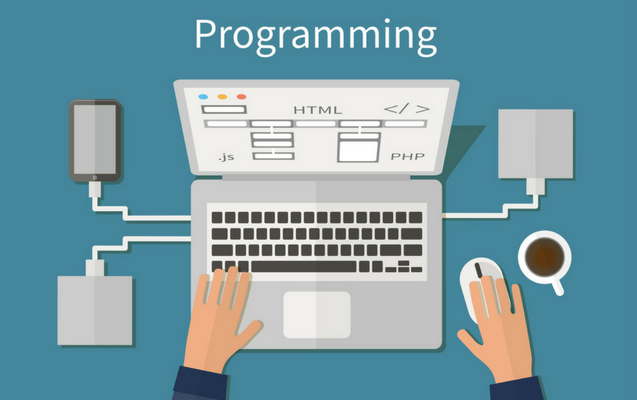Computers and their Viruses
Computer viruses are destructive programs that delete or corrupt files, interfere with your computer operations, and reproduce themselves to fill disk or RAM space on your computer. There's typically a piece of code that causes an unexpected and usually malicious event (or "payload") to occur. Computer viruses are often disguised as games or images with clever, inviting titles such as "Pictures of ME","MICHAEL JACKSON","SHORTCUT","LOVE ME"...etc.
How does a computer virus find me?
Even if you’re careful you can pick up computer viruses through normal Web activities like:
- Sharing music, files or photos with other users
- Visiting an infected Web site
- Opening spam email or an email attachment
- Downloading free games, toolbars, media players and other system utilities
- Installing mainstream software applications without fully reading license agreements
What does a computer virus do?
Some computer viruses are programmed to harm your computer by damaging programs, deleting files, or reformatting the hard drive. Others simply replicate themselves or flood a network with traffic, making it impossible to perform any internet activity. Even less harmful computer viruses can significantly disrupt your system’s performance, sapping computer memory and causing frequent computer crashes.
Types of viruses
File infectors. Some file infector viruses attach themselves to program files, usually selected .com or .exe files. Some can infect any program for which execution is requested, including .sys, .ovl, .prg, and .mnu files. When the program is loaded, the virus is loaded as well. Other file infector viruses arrive as wholly contained programs or scripts sent as an attachment to an email note.
Macro viruses. These viruses specifically target macro language commands in applications like Microsoft Word and other programs. In Word, macros are saved sequences for commands or keystrokes that are embedded in the documents. Macro viruses can add their malicious code to the legitimate macro sequences in a Word file. Microsoft disabled macros by default in more recent versions of Word; as a result, hackers have used social engineering schemes to convince targeted users to enable macros and launch the virus. As macro viruses have seen a resurgence in recent years, Microsoft added a new feature in Office 2016 that allows security managers to selectively enable macro use for trusted workflows only, as well as block macros across an organization.
Overwrite viruses. Some viruses are designed specifically to destroy a file or application's data. After infecting a system, an overwrite virus begins overwriting files with its own code. These viruses can target specific files or applications or systematically overwrite all files on an infected device. An overwriting virus can install new code in files and applications that program them to spread the virus to additional files, applications, and systems.
Polymorphic viruses. A polymorphic virus is a type of malware that has the ability to change or mutate its underlying code without changing its basic functions or features. This process helps a virus evade detection from many antimalware and threat detection products that rely on identifying signatures of malware; once a polymorphic virus' signature is identified by a security product, the virus can then alter itself so that it will no longer be detected using that signature.
Resident viruses. This type of virus embeds itself in the memory of a system. The original virus program isn't needed to infect new files or applications; even if the original virus is deleted, the version stored in memory can be activated when the operating system loads a specific application or function. Resident viruses are problematic because they can evade antivirus and antimalware software by hiding in the system's RAM.
Rootkit viruses. A rootkit virus is a type of malware that installs an unauthorized rootkiton an infected system, giving attackers full control of the system with the ability to fundamentally modify or disable functions and programs. Rootkit viruses were designed to bypass antivirus software, which typically scanned only applications and files. More recent versions of major antivirus and antimalware programs include rootkit scanning to identify and mitigate these types of viruses.
System or boot-record infectors. These viruses infect executable code found in certain system areas on a disk. They attach to the DOS boot sector on diskettes and USB thumb drives or the Master Boot Record on hard disks. In a typical attack scenario, the victim receives a storage device that contains a boot disk virus. When the victim's operating system is running, files on the external storage device can infect the system; rebooting the system will trigger the boot disk virus. An infected storage device connected to a computer can modify or even replace the existing boot code on the infected system so that when the system is booted next, the virus will be loaded and run immediately as part of the master boot record. Boot viruses are less common now as today's devices rely less on physical storage media.
What are the symptoms of a computer virus?
Your computer may be infected if you recognize any of these malware symptoms:
- Slow computer performance
- Erratic computer behavior
- Unexplained data loss
- Frequent computer crashes
Computer Virus Help: Best computer virus protection?
Make sure that you have the best security software products installed on your computer:
- Use antivirus protection and a firewall
- Get antispyware software
- Always keep your antivirus protection and antispyware software up-to-date
- Update your operating system regularly
- Increase your browser security settings
- Avoid questionable Web sites
- Only download software from sites you trust. Carefully evaluate free software and file-sharing applications before downloading them.




Comments
Post a Comment